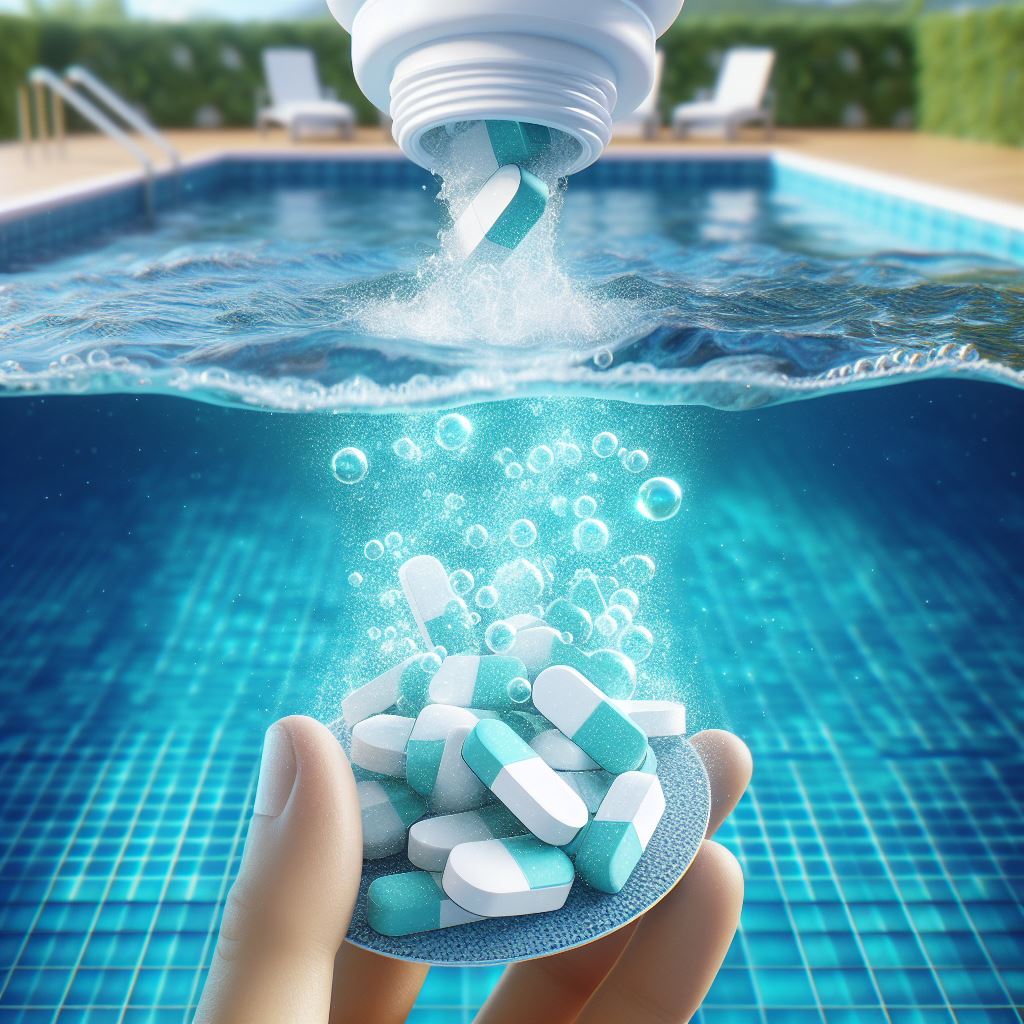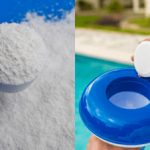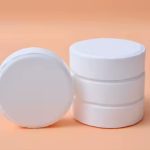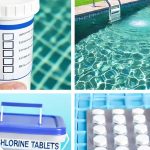Managing an over-chlorinated pool is a crucial skill for any pool owner, as excessive chlorine can pose health risks and affect the quality of your swimming experience. In this comprehensive guide, we’ll explore the steps and measures to take if you find your swimming pool has become over-chlorinated, covering the detection, consequences, and a variety of methods to reduce chlorine levels safely and efficiently. What should be done about too much chlorine in pool caused by excessive chlorine tablets
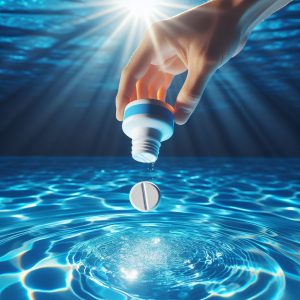
Understanding Chlorine in Swimming Pools
Chlorine is widely used in swimming pools to kill harmful bacteria, viruses, and algae, ensuring the water is safe for swimming. However, maintaining the correct chlorine balance is essential; too little chlorine can lead to algae growth and unsanitary conditions, while too much can cause skin and eye irritation, and in severe cases, respiratory issues.
Detecting Excessive Chlorine Levels
The first step in managing an over-chlorinated pool is to detect high levels of chlorine. This can be done using test strips or a digital pool tester, which are readily available at pool supply stores. The ideal chlorine level for swimming pools is between 1 and 3 parts per million (ppm). Levels above 3 ppm are considered excessive and require immediate attention.
Health Risks of Over-Chlorination
Exposure to high levels of chlorine can lead to several health issues, including:
- Skin irritation and rashes
- Eye irritation and redness
- Dry, brittle hair
- Respiratory problems in sensitive individuals
Understanding these risks emphasizes the importance of regularly monitoring and adjusting your pool’s chlorine levels.
Methods for Reducing Chlorine Levels
1. Stop Adding Chlorine
The simplest initial step is to stop adding chlorine to your pool. This allows the existing chlorine to naturally dissipate over time, especially if the pool is exposed to sunlight, as UV rays help break down chlorine.
2. Use a Chlorine Neutralizer
Chlorine neutralizers, such as sodium thiosulfate, can be added to the water to chemically reduce chlorine levels. It’s essential to follow the product’s instructions carefully and retest the water after treatment to ensure it has returned to a safe level.
3. Dilution with Fresh Water
Partially draining the pool and refilling it with fresh water can effectively lower chlorine levels. This method is particularly useful if the chlorine concentration is significantly above the recommended range.
4. Increase Filtration and Aeration
Running the pool’s filtration system more frequently and increasing aeration through water features or manual agitation can help dissipate chlorine. Aeration accelerates the evaporation of chlorine, aiding in reducing its concentration.
5. Utilize the Sun’s UV Rays
As mentioned earlier, UV rays from the sun naturally break down chlorine. Leaving the pool uncovered during sunny days can significantly speed up this process.
6. Activated Carbon Filtration
Installing a filter with activated carbon can also help remove excess chlorine from your pool. Activated carbon absorbs chlorine and other contaminants, purifying the water.
Preventing Over-Chlorination
Preventing over-chlorination is easier and safer than correcting it. Here are some tips to maintain proper chlorine levels:
- Regularly test the water and adjust chlorine additions accordingly.
- Use an automatic chlorine feeder that can be adjusted to maintain consistent levels.
- Consider alternative sanitizers or a saltwater system that automatically generates chlorine at a controlled rate.
- Be mindful of the pool’s usage and environmental factors, such as heavy rain or high temperatures, which can affect chlorine levels.
Conclusion
Managing an over-chlorinated pool requires careful attention and swift action to ensure the safety and comfort of all swimmers. By understanding how to detect excessive chlorine levels and implement effective reduction methods, you can maintain a healthy and enjoyable swimming environment. Regular monitoring and preventive measures are key to avoiding over-chlorination and ensuring your pool remains a safe and inviting place for everyone to enjoy.
